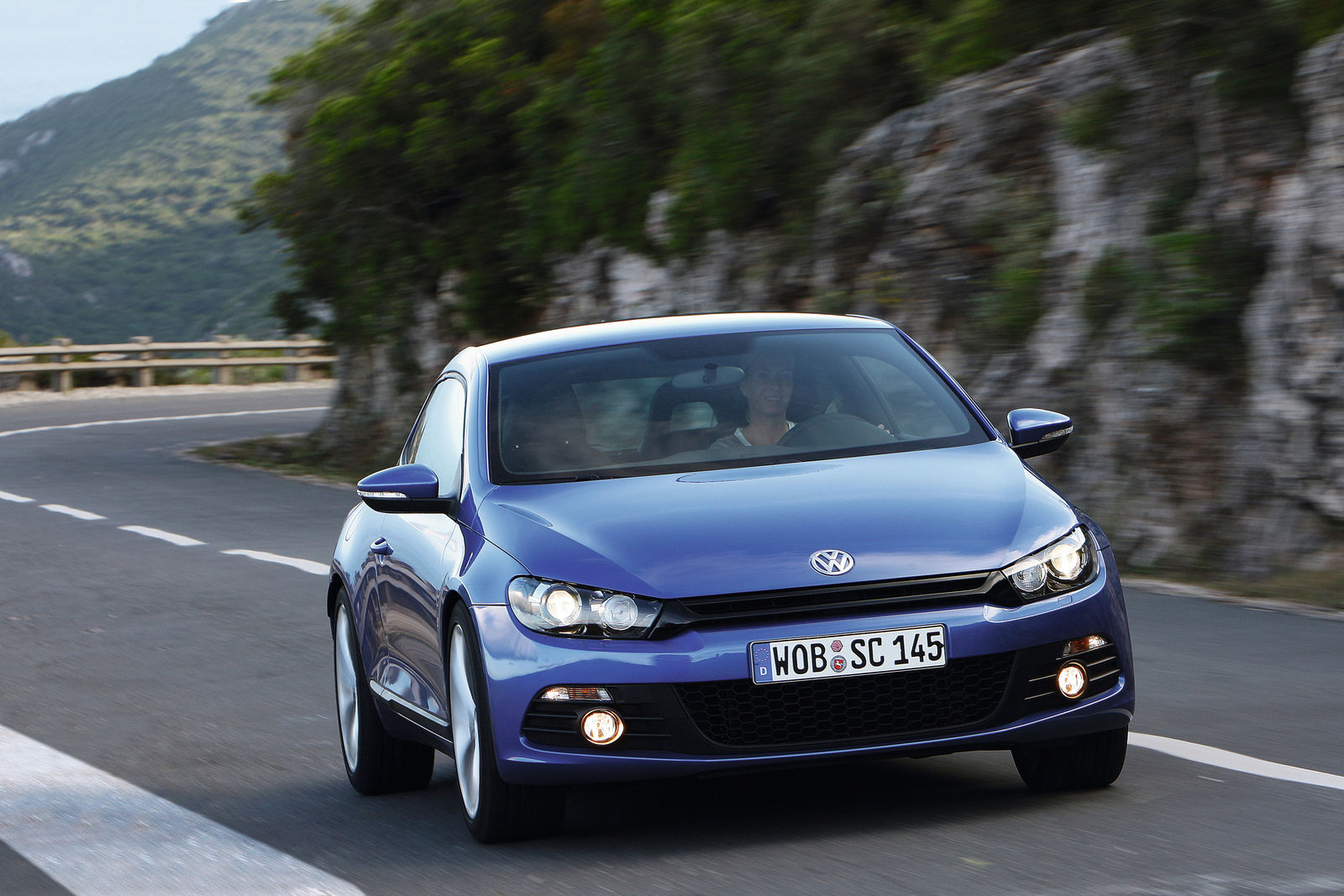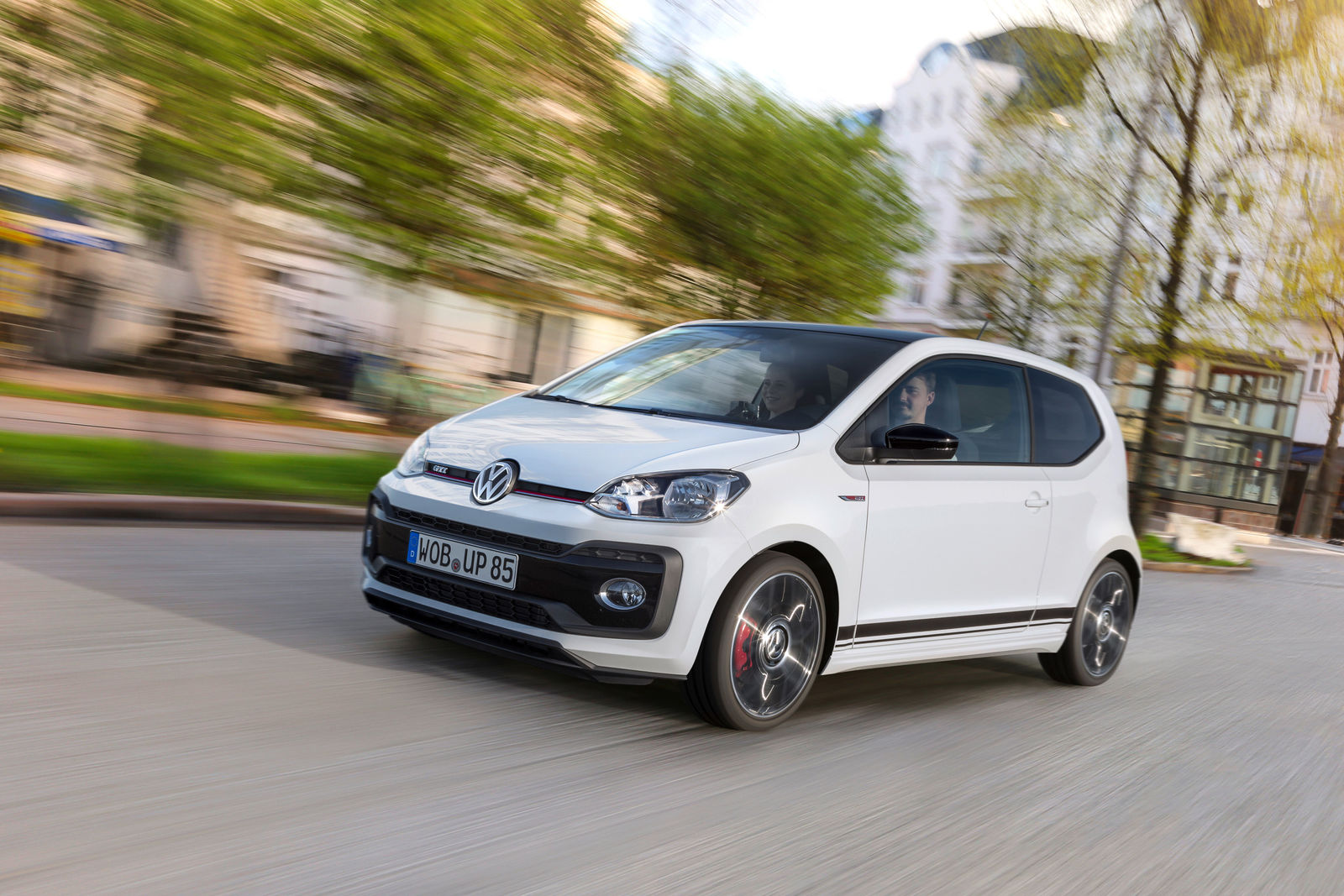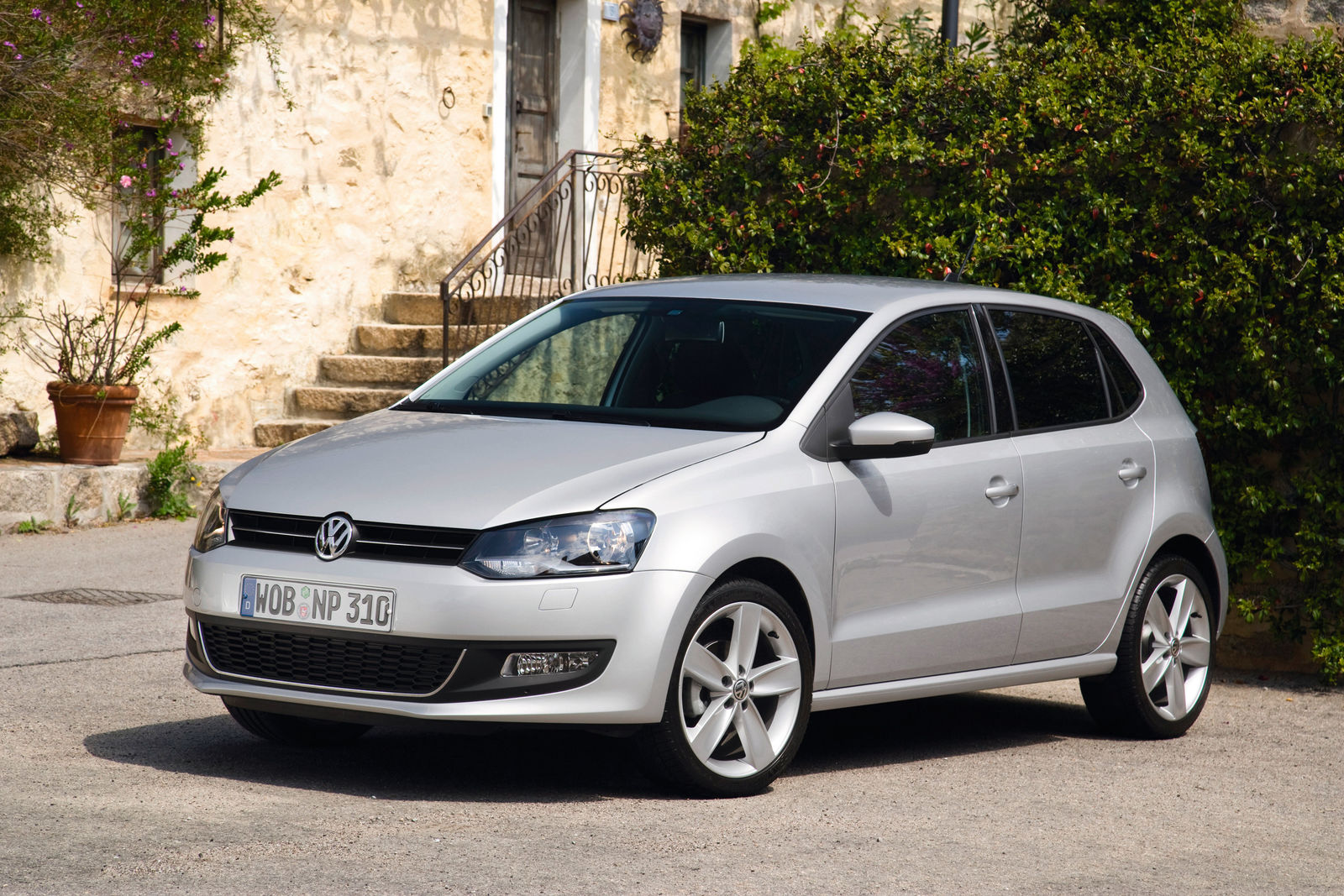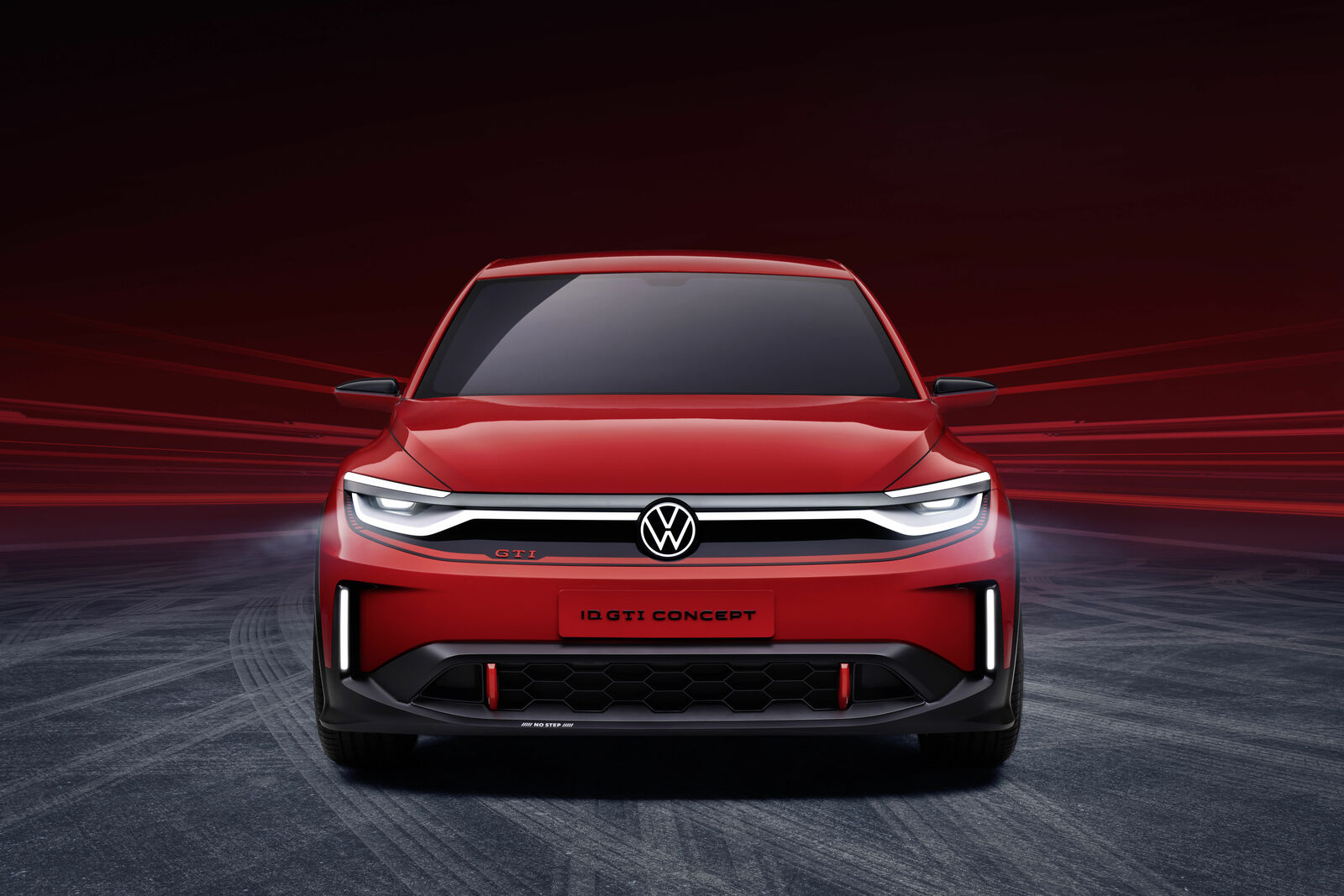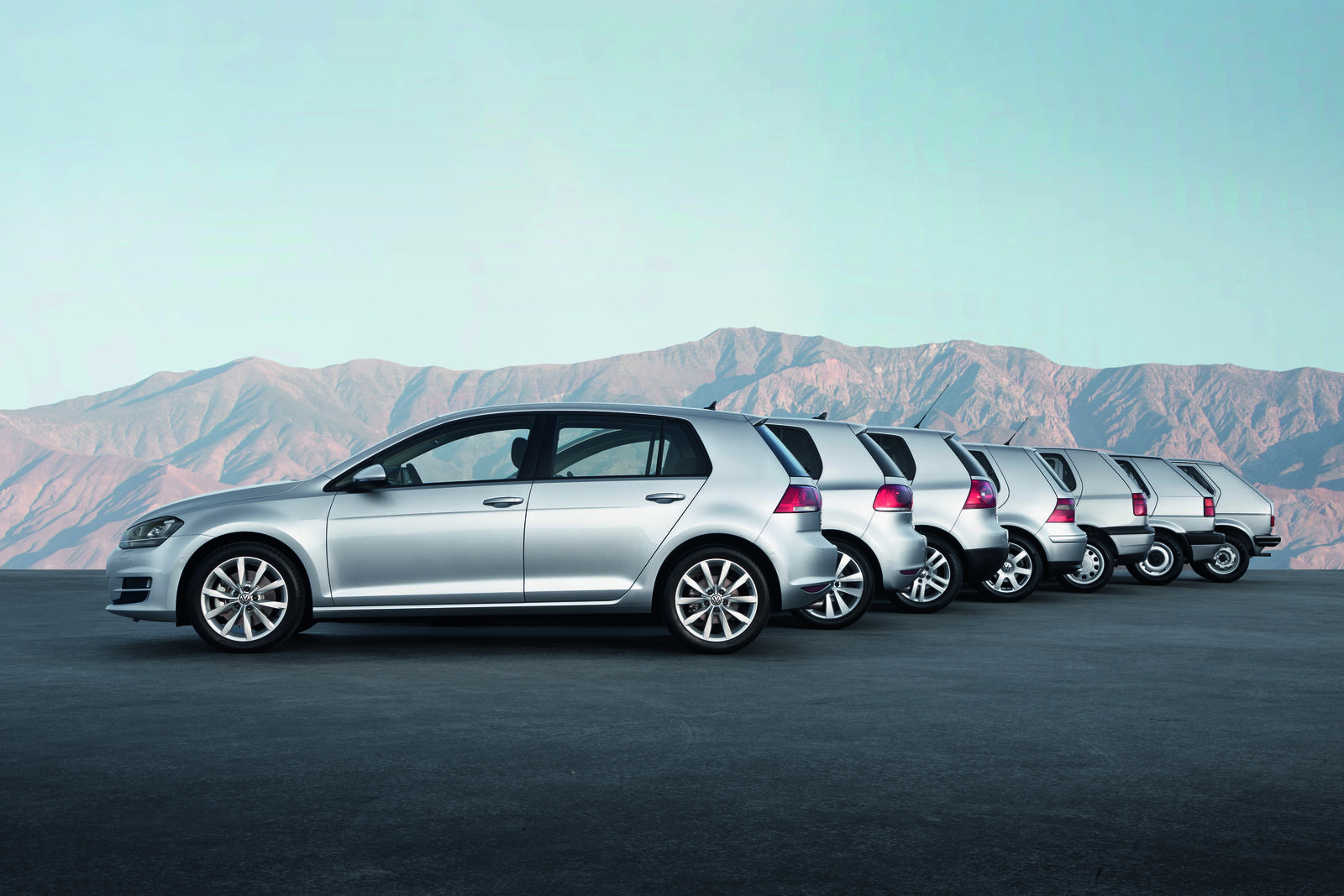This trend had been heralded a short time earlier by the Scirocco and – as the first Volkswagen front-wheel drive car, following the K70 that was taken over from NSU – the Passat, introduced in 1973. With the launch of the Golf, the highest volume vehicle category had now also been switched to the new technology. As the successor to the legendary Beetle, of which over 21.5 million units were built, the Golf I, designed by Giorgio Giugiaro and Volkswagen Design, had to live up to the immense expectations that it would carry on the success story of what until then was the world's most successful car. It worked: The modern and reliable drive concept, the excellent spatial economy and ultimately the design as well, won over the market to such an extent that production of the one-millionth Golf was already being celebrated in October 1976. Like every Golf that would appear after it, the first generation, too, reflected the progress and automotive trends.
